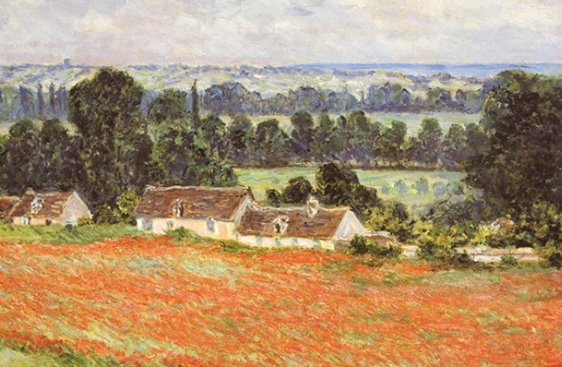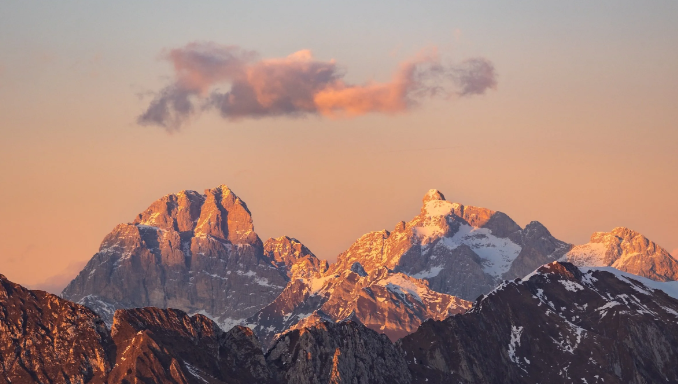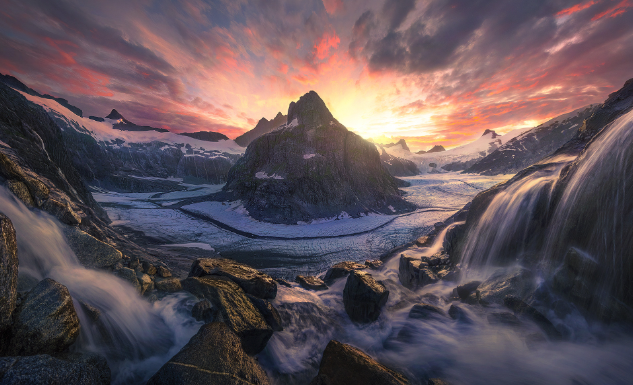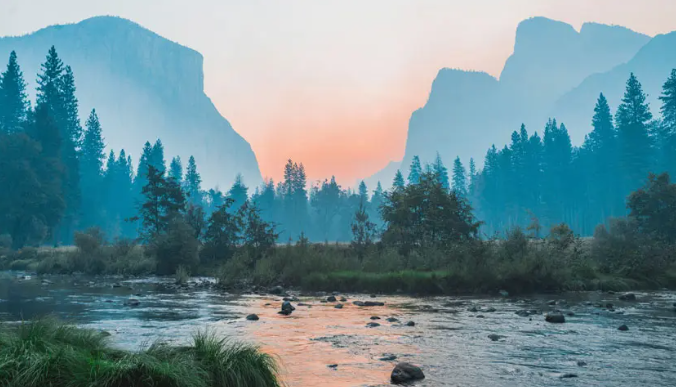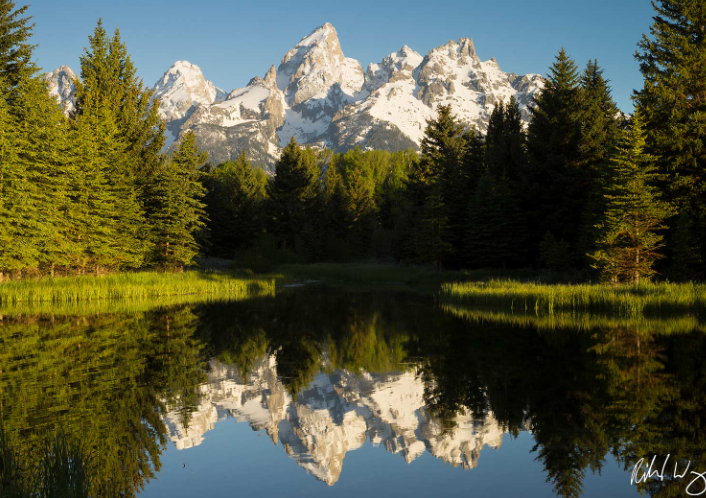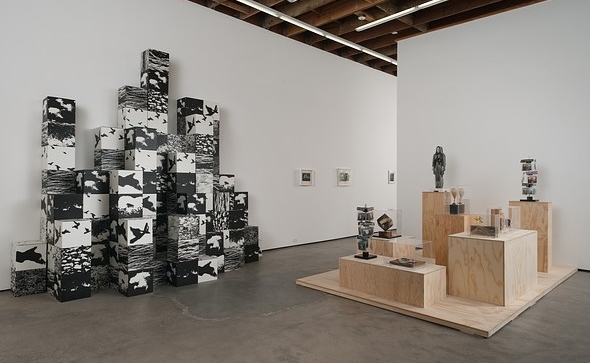Landscape Photography for Artists: Capturing Nature’s Majesty
Landscape photography is not just about taking pictures; it’s about expressing the beauty and emotion of nature through the lens. For artists, understanding landscape photography offers a new dimension to their creative process. Whether you’re seeking inspiration for paintings, illustrations, or mixed media, diving into this genre can be incredibly enriching.
The Connection Between Art and Nature
Nature has always been a source of inspiration for artists across disciplines. Landscape photography allows you to document the changing seasons, light conditions, and atmospheric qualities that can inform your artistic work. When you immerse yourself in the outdoors and capture stunning vistas, you create reference material that reflects real-life beauty. These photographs can serve as the foundation for your artwork, helping you to experiment with colors, textures, and forms in a way that might inspire you to create something truly unique.
Techniques for Capturing Stunning Landscapes
To successfully capture breathtaking landscapes, it’s essential to understand a few basic techniques. Start by paying attention to composition, such as the rule of thirds, leading lines, and framing. Use a tripod for stability, especially in low light conditions, and experiment with different angles and perspectives to find the most impactful shot. Additionally, understanding natural light is key; the golden hours of early morning and late afternoon often produce the most enchanting results. Play around with exposure settings to highlight specific elements in the landscape, giving depth and context to your images.
Utilizing Landscape Photos for Artistic Growth
Once you’ve gathered a rich collection of landscape photographs, the fun truly begins. Use these images as references for your artwork to explore different styles and techniques. You might try recreating a scene with oil paints, watercolors, or even digital art. Observing the details in your photographs, like the way light reflects off water or shadows cast by trees, can deepen your understanding of color and composition. Additionally, consider experimenting with mixed media by layering photographs with other materials for a textured effect. This blend of photography and traditional art can lead to exciting new ideas and pathways in your creative journey.
In conclusion, landscape photography offers artists a vibrant avenue for inspiration and growth. By capturing the world around you and using these images as reference points, you can expand your artistic toolkit. So grab your camera, venture outside, and start exploring the landscapes that will ignite your creativity! Happy shooting!

